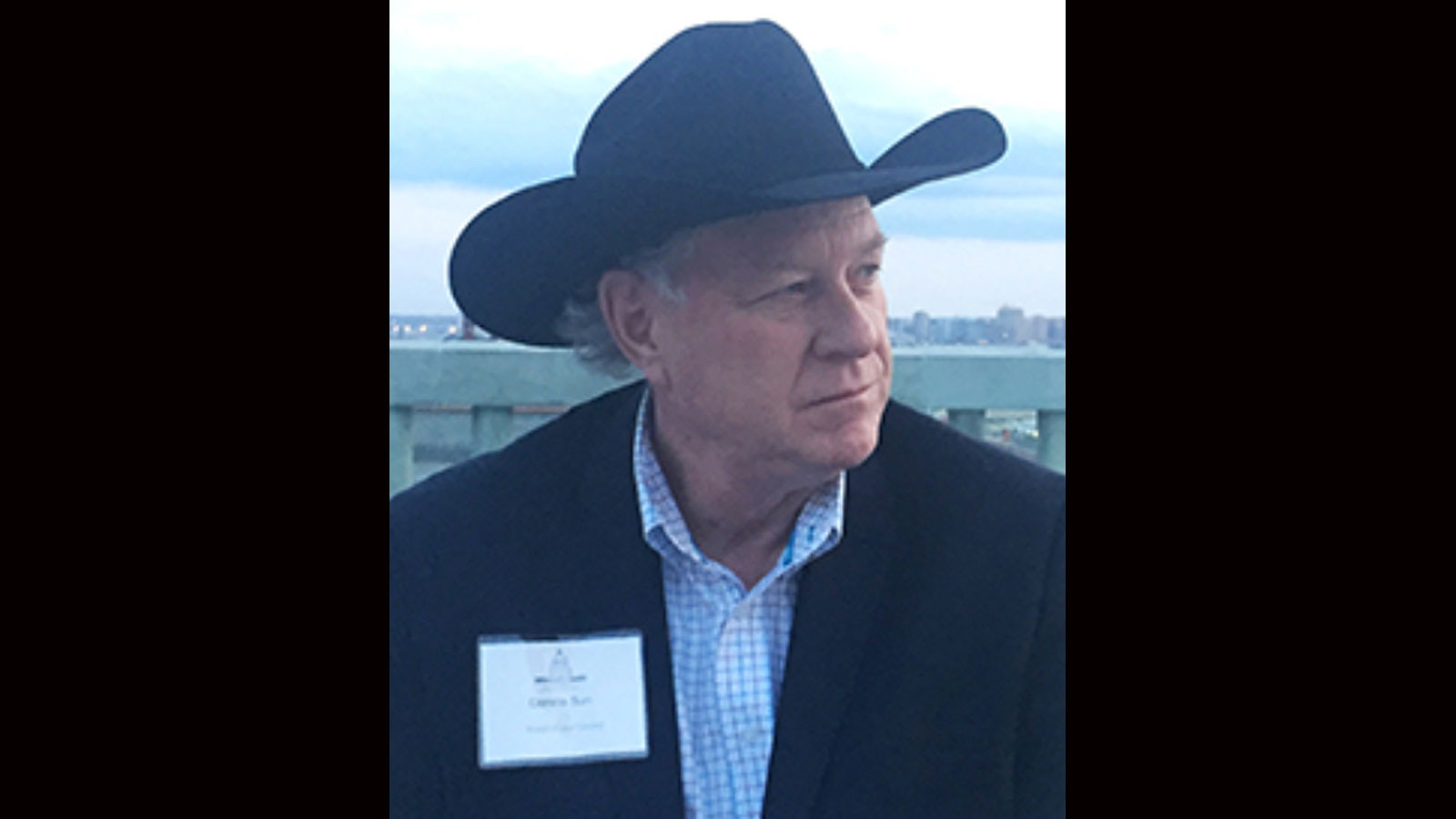By Dennis Sun, Wyoming Livestock Roundup
I always figured the first of May was a good time to plan for summer months and keep in mind the positives out there. As I write this column, it’s raining out, so I guess our rain dances – weather permitting – are paying off. Most of us are still dealing with the drought, but we know each day passed is one day closer to a good rain.
Most of the state is trying to get their livestock turned out and hoping the grass will grow. We all get a little anxious this time of the year, and then we realize we don’t usually have grass until a certain time in May anyway, but we’re always hoping.
On the state level, it looks like the books are showing more dollars from tax revenue coming in than they expected, which we’ll gladly take. In a press release, the Consensus Revenue Estimating Group had the state General Fund around $45.5 million over what they predicted around the first of the year.
The group also showed the state Budget Reserve Account had grown by $25.7 million over what they had predicted. I believe the state is projected to receive around $1.2 billion from federal stimulus dollars in October.
We’re gaining, but we’re going to need some energy dollars to get into the black in the future. But, the state is going in the right direction.
With the number of fat cattle in the system, the packers are not having a problem filling their needs. The cattle feeders are having a tough time keeping current, while the consumer and retail groups are currently paying top prices for beef, as the demand is strong.
We just need to get the glut out of the feedlots. Last week’s slaughter was estimated at 649,000 head, compared to 438,614 head last year, making the total year-to-date slaughter 3.5 percent higher than this time last year.
Here at home, the cull bull market has hit $1.25 a pound and cull cows hit around 90 cents last week. We certainly hope these positives will last through the video calf and yearling sales this summer.
I saw an article in BEEF Daily which talked about new research at the Sioux Falls’ SAB Biotherapeutics labs where a herd of genetically modified cattle are producing human antibodies that can neutralize COVID-19.
This trial research is being tested as a potential treatment sponsored by the Natural Health Institute. Who knows, these treatments may some day work with other diseases.
This past winter’s meat shortage was an opportunity for some livestock producers to sell their beef and lamb directly to the local consumers. Those consumers had good experiences, not only with the meat product, but with those who raised the animals.
They ended up with good feelings for the producers and in turn, listened to them as they shared about raising the animals. Those good feelings opened the door when producers explained how they care for the livestock and how important animal welfare is to them.
Consumers also learned of the producers’ care of the land and what sustainability really was.
This is good, positive marketing.





